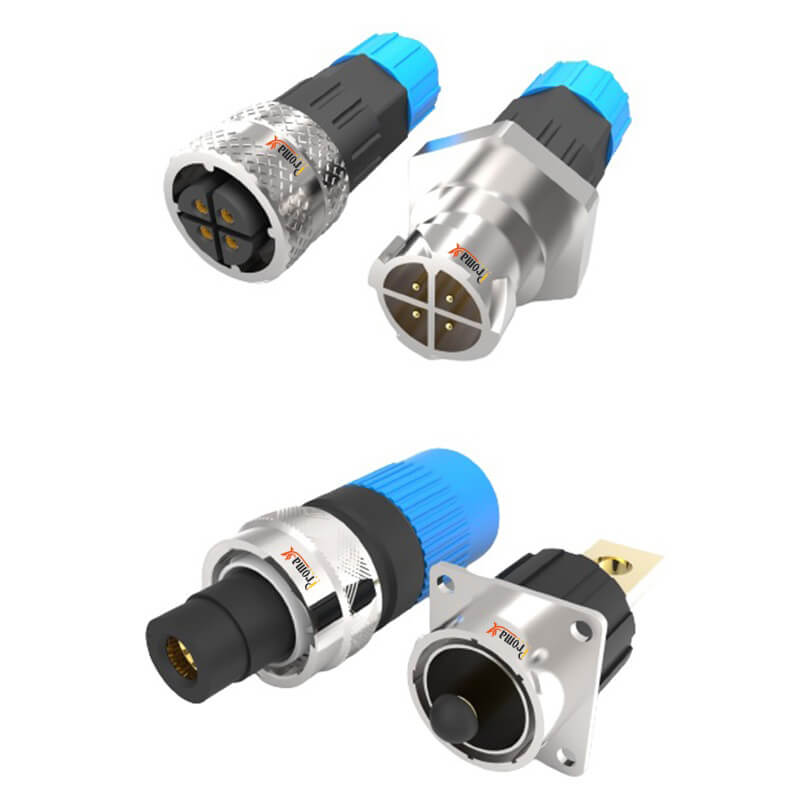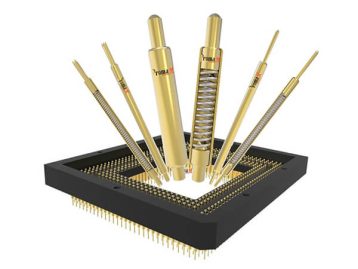Are you in a situation where you need to remove a wire from a push-in connector?
Look no further! In this guide, we will provide you with step-by-step instructions on how to remove wires from push-in connectors effectively.
We will also share some valuable tips to ensure a smooth procedure. Read on to discover all the details!
What is a Push in Connector?
A push-in connector is a quick and easy way to connect two pieces of tubing or piping.
Simply insert the tubing into the connector and push until it clicks into place. No tools are required, making it a convenient option for those who are uncomfortable using traditional methods, such as screwing or soldering.
In addition, push-in connectors can be released just as easily, allowing for easy disassembly and repair.
They are commonly used in plumbing and automotive applications but can be used for other purposes as well. Overall, push-in connectors are versatile and user-friendly for connecting tubing or piping.

What Are the Benefits of Using a Push in Connector?
In many cases, it is necessary to join two pieces of metal together. This can be accomplished in several ways, but one of the most popular methods is to use a push-in connector.
Push-in connectors are available in a variety of sizes and styles, making them well-suited for a wide range of applications.
One of the biggest advantages of using a push-in connector is that it does not require any special tools or expertise to install.
Simply insert the metal tubing into the connector and give it a push until it clicks into place. This makes push-in connectors an ideal choice for quick repairs or for times when a permanent solution is not needed.
Another benefit of using a push-in connector is that it is relatively easy to remove if necessary. This can be helpful if you need to make a change or adjustment to your piping at some point in the future.
Overall, push-in connectors offer a number of advantages over other joining methods, making them an excellent choice for a variety of applications.
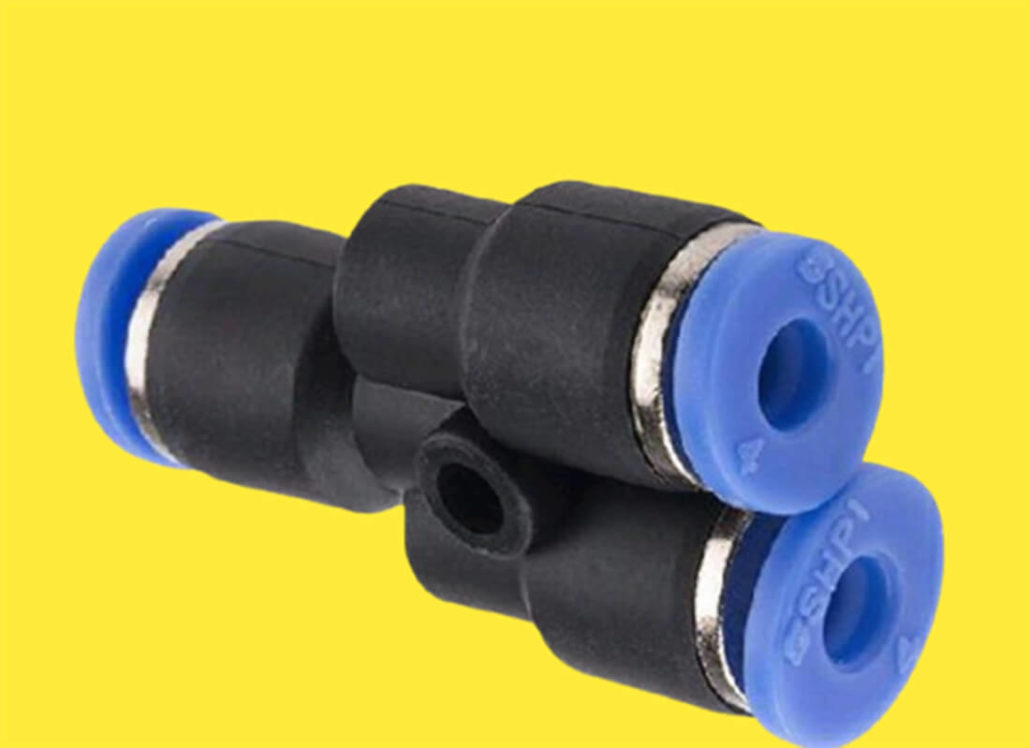
How To Remove Wire from A Push-in Connector?
Most push-in connectors have a wire release, usually activated by pushing a small screwdriver into the wire opening.
Sometimes there is a slot under the hole where the wire enters; pushing a small screwdriver into the slot will often release the wire. In other cases, you may need to pull and twist at the same time to release the wire.
If you have a lot of connectors to release, it may be easier to use a tool specifically designed for the task, such as push-in connector pliers.
Once the wire is removed, you can reattach it by pushing it back into the connector until it clicks into place.
Finally, tighten the retaining screw to secure the connection. With a little practice, removing and attaching wires will be a breeze. With a little patience, you should be able to release the wires from even the most stubborn connectors.

Tips For Avoiding Damage to The Connector or The Wire During Removal
It’s important to be careful when removing a push-in connector or wire from an electrical outlet. If you’re not careful, you can easily damage the connector or the wire, which can lead to expensive repairs. Here are a few tips to help you avoid damage:
- Use a flathead screwdriver to gently pry the connector or wire out of the outlet. Do not use a sharp object, as this could damage the connector or wire.
- If the connector or wire is stuck, do not force it. Instead, turn off the power to the outlet and then use a pair of pliers to gently pull the connector or wire out.
- Be sure to hold onto the connector or wire when removing it from the outlet. Do not let it drop, as this could damage the connectors or wires.

Common Mistakes People Make When Removing Wire from A Push-in Connector
One of the most common mistakes people make when removing wire from a push-in connector is not using the proper tool. The best way to remove the wire from a push-in connector is with needle-nose pliers.
First, grip the wire with the needle-nose pliers and pull gently until the wire is released from the connector.
Next, use a pair of wire cutters to trim any exposed wire.
Finally, reattach the connector to the wires and secure it in place with electrical tape.
Another common mistake is using too much force when removing the wire. This can damage the connector or cause the wires to break.
If you find that you are having difficulty removing the wire, try gentrifying it with a small amount of WD-40 or another lubricant. Once you have removed the wire, be sure to inspect the connector for damage before reusing it.

The Importance of Using a Wire Push-in Connector for Safety Reasons
If you’ve ever worked with electrical wiring, you know that it’s important to make sure the connections are secure. A loose connection can cause all sorts of problems, from a simple power outage to a fire.
That’s why it’s so important to use wire push-in connectors. These connectors create a tight, secure connection that won’t come loose, even if the wire is jostled or strained.
And that makes them ideal for use in any situation where safety is a concern, whether you’re wiring a home or an industrial facility.
So next time you need to make an electrical connection, be sure to use a wire push-in connector. It could be the difference between a safe, successful project and a dangerous disaster.
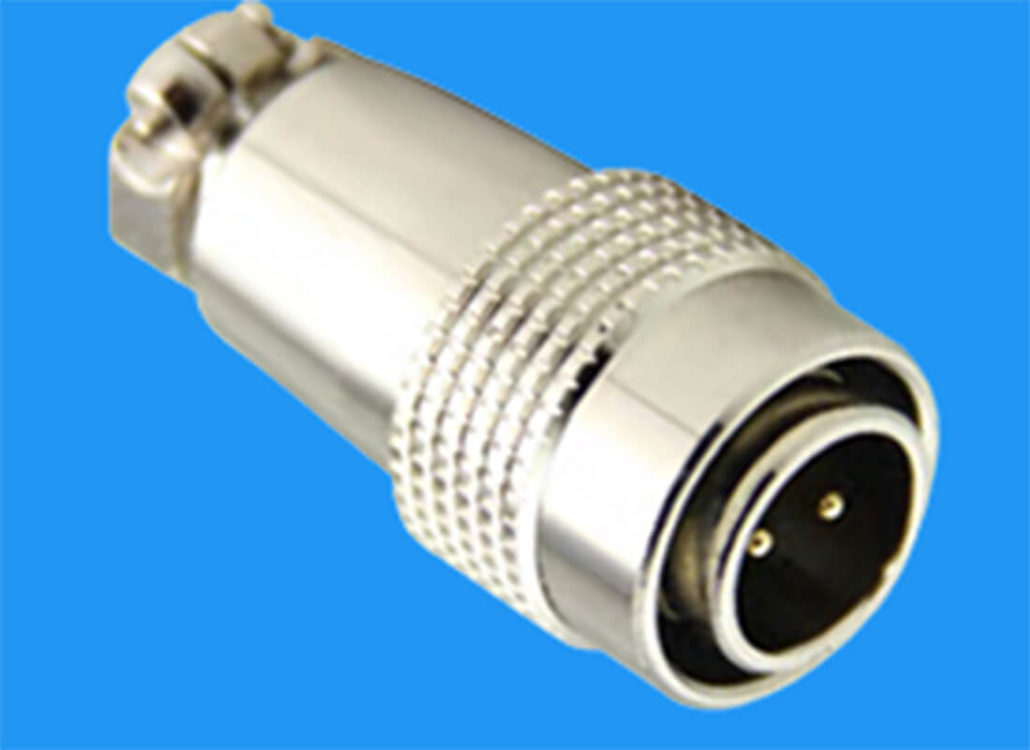
Examples Of Situations Where You Might Need to Remove Wire from A Push-in Connector
If you need to remove the wire from a push-in connector, there are a few different situations where this might be necessary.
For example, if you’re trying to troubleshoot a wiring issue, you might need to remove the wire in order to test it for continuity.
Alternatively, if you’re replacing a piece of equipment that uses a push-in connector, you’ll need to remove the wire in order to transfer it to the new piece of equipment.
In either case, removing wire from a push-in connector is a relatively simple task that can be accomplished with a few basic tools.
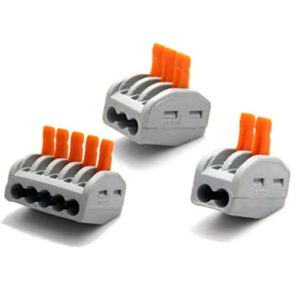
Applications Of Push-in Connectors
The push-in connector is a type of electrical connector that is used to join two or more electrical wires together. There are many types of push-in connectors, but they all work in basically the same way.
The connector has a male end and a female end. The male end is inserted into the female end, and then the two ends are pushed together until they click into place. Some applications of push-in connectors are below:
Residential And Commercial Wiring Systems
The push-in connector is a quick and easy way to connect electrical wires, and it is often used in residential and commercial wiring systems.
The main advantage of the push-in connector is that it does not require any tools to install. The connector can also be easily removed if necessary.
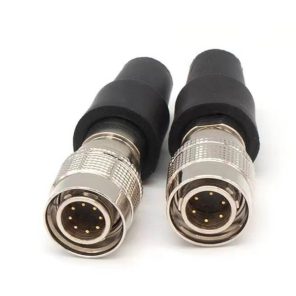
Retrofit Lighting
Ideal for use in both new construction and retrofit lighting applications, push-in connectors offer a quick and easy way to make electrical connections.
Simply insert the wires into the connector and push to make a secure connection. No stripping or twisting of wires is required, making push-in connectors an ideal choice for time-saving installations.
In addition, push-in connectors ensure reliable connections that won’t loosen over time. With their easy installation and dependable performance, push-in connectors are an excellent choice for a variety of lighting applications.

Digital Signage
Push-in connectors are commonly used in digital signage applications. They provide a simple and efficient way to connect wires to terminal blocks, and they are available in a variety of sizes to accommodate different gauge wires.
In addition, push-in connectors offer quick and easy installation, which is important in time-sensitive applications such as digital signage.
While push-in connectors have many benefits, they also have some drawbacks. For example, they are not well suited for high-voltage applications, and they can be difficult to remove once they are installed.
Nonetheless, push-in connectors remain a popular choice for many digital signage applications.

FAQs
Can you reuse a push-in connector?
Yes, you can reuse a push-in connector. However, it is important to note that the connector should only be reused if it is in good condition. If the connector is damaged, it should be replaced. In addition, the wires that are inserted into the connector should be inspected for damage before they are reused.

What is the maximum voltage for a push-in connector?
The maximum voltage for a push-in connector depends on the specific type of connector that you are using. However, most push-in connectors have a maximum voltage rating of 600 volts.
What is the maximum current for a push-in connector?
The maximum current for a push-in connector also depends on the specific type of connector that you are using. However, most push-in connectors have a maximum current rating of 30 amps.
If you also need a professional solution for connector, send us an email to [email protected]

Conclusion:
Removing wires from push-in connectors is a simple and practical process. By following the provided instructions and tips, you can safely remove wires without damaging the connector or wire.
Push-in connectors offer numerous benefits, including easy installation, reliable connections, and versatility for various applications.
Whether you’re working on residential wiring, retrofit lighting, or digital signage, push-in connectors are a convenient choice for your electrical connections.

